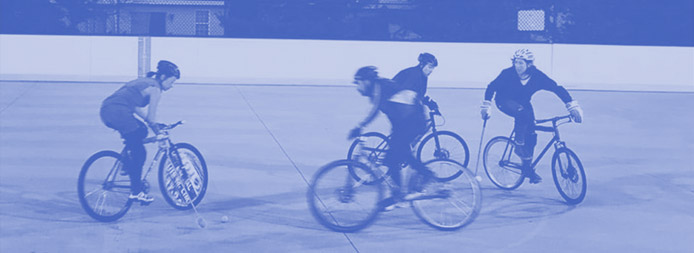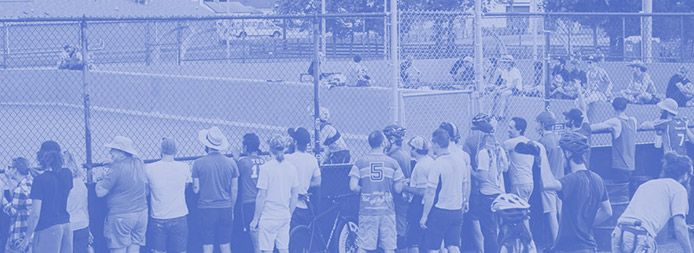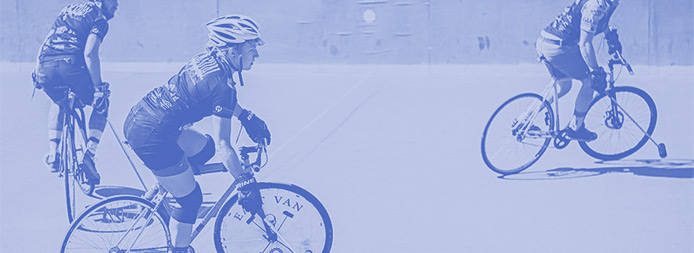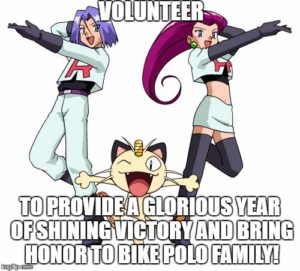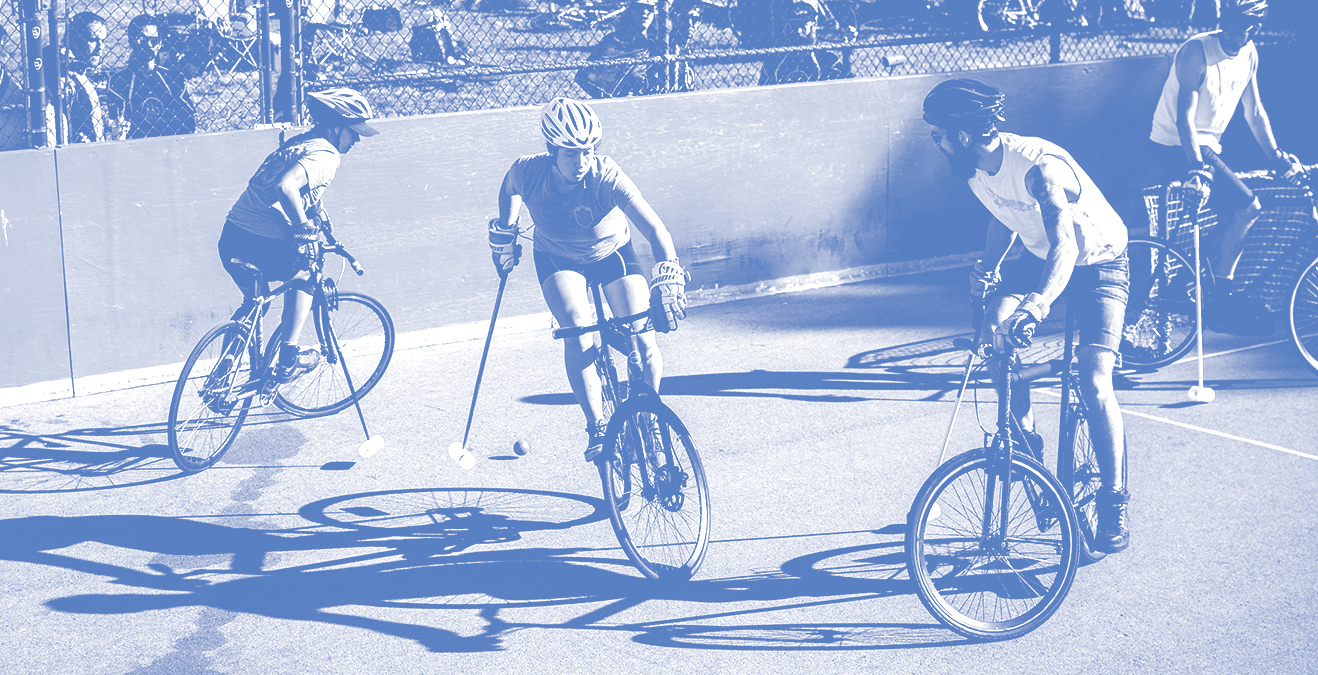NAHBPC 2017
Friday July 28th to Sunday July 30th
The NAH is pleased to announce that Frederick, MD will be hosting the NAHBPC 2017! The planning and coordination will be managed by the Lancaster United Bike Polo Club, with supplemental support from the NAH. The Hillstreet Park courts have long been a go-to in the Eastside Region for years. The two symmetrical courts have professional lighting, fast playing concrete, and full boards with fencing. Each court has two bench areas, one for each team, and each bench area has two doors onto the court for ease of access.
Frederick is a town in NW Maryland on I-70. Frederick is accessible from DC by MARC train. For those flying in, Frederick is in the proximity of three major airports:
- 42 miles from IAD
- 55 miles from BWI
- 60 miles from DCA
SCHEDULE
The main event will have 18 teams compete over the course of three days.
| Fri July 28th | OPENING STAGE | 9am-9pm (Round Robin, 2 groups of 9 teams) |
| Sat July 29th | OPENING STAGE (con’t) | 9am-9pm (Round Robin, 2 groups of 9 teams) |
| Sun July 30th | SECOND STAGE | 9am-2pm (Round Robin, 2 groups of 4 teams) |
| Sun July 30th | ELIMINATION STAGE | 3pm-8pm (Single Elimination, top 8 teams) |
REGIONAL ALLOCATION
The NAH would like to introduce and announce its new regional allocation system, the Pro-Rated Ranking System. This post highlights the main reasons for changing the system and explains the new system in comparison to the old system to help everyone understand how NAH will allocate spots for teams from all ten North American regions this year and in the future.
The most important reason for the change is that the new system more accurately captures the strength of a region through collecting points for every team that attends NAHBPC and considers four years of performance, not just one, when allocating spots.
A more in-depth explanation of the Pro-Rated Ranking system can be read in its entirety here.
NAHBPC 2017 Regional allocation is as follows:
| Cascadia | 4 |
| South West | 3 |
| Heartland | 2 |
| Eastsides | 2 |
| Great Lakes | 2 |
| South Central | 1 |
| Great Plains | 1 |
| South East | 1 |
| North Sides | 1 |
| Mexico | 1 |
Regions are in the process of announcing their Qualifiers. Details can be found here.
Reminder that for all qualifiers you must adhere to the following “rules” unless your regions agrees to any variations:
- Follow the current NAH ruleset (2017 coming soon).
- Qualified teams should take ⅗ of that team to NAHBPC or else their spot shall be forfeited to the following team.
- Regional reps are responsible for delivering names of successful teams to the NAH Tournament Director (date TBD pending NAHBPC).
- Regional reps are required to make very clear to the region how teams will qualify for the NAHBPC.
- Qualifiers must be open to outside regional players, but regions have the option of making restrictions on this by making the first two weeks “in-region only registration” followed by registration being open to all regions. See description of In-Region below.
- Regions are responsible for collecting their own registration fees.
In-Region Status
A squad can have up to 6 players, but can only dress 5 of those players for each game. You must declare “in-region” wherever the majority of your players who are attending the tournament are located. You are only allowed to register during the “in-region” registration period for the region in which you have declared or otherwise fit into! If you want to register in additional qualifiers, you have to do so after the “in-region” window has closed.
So, for example, if you have 3 members from “region A” and 2 members from “region B”, you are considered “in-region” in A. If you have 2 from A, 2 from B and 1 from C, you get to declare A or B. Here is a chart to help clarify:
| Players, marked by region | “In-Region” status |
|---|---|
| AAABB* | Region A |
| AABBC | Declare A or B |
| AABCD | Region A |
| ABCDE | Declare A, B, C, D or E |
*If you do have a roster of 6 people, use the same logic, but with the players who are traveling and planning on playing. So if you’re team looks like AAABBB, but you are only playing 5 people use the majority. If you are traveling and playing all 6, you can declare A or B but those 3 players must attend that tournament.
Multiple Qualifiers
If your team decides to travel to multiple qualifiers and qualifies in both, you must choose the region for you to have “in-region” status.
If you only qualify out-of-region, you will represent that region and the points system will allocate points to that region.
For questions regarding the schedule, format or allocation, please contact Mark Aseltine directly at mark@nahardcourt.com.
For questions regarding rules or team composition, please contact Joe Rstom directly at joe@nahardcourt.com.
